The theme of war has always been a valuable resource that filmmakers want to exploit and convey messages to viewers.
Cranes Are Flying (1957)
The film "When the Cranes Are Flying" by director Mikhail Kalatozov was produced in 1957. The film impressively portrayed the fate of women in war through the character Veronica, making millions of viewers sob. Millions of viewers also could not forget Veronica's deep, sad eyes as she had to go through the fierce days of war in waiting and hoping. The film later won the Palme d'Or at the 1958 Cannes Film Festival.
Mishima: A Life in Four Chapters (1985)
A co-production between Japan and the United States, the film was directed by American screenwriter and filmmaker Paul Schrader and features an all-Japanese cast. In flashbacks highlighting episodes from Mishima's previous life, viewers see Mishima's progression from a sickly boy to one of Japan's most famous postwar writers (who in adulthood trained himself to master muscular discipline, due to illness and a militaristic obsession with masculinity and physical culture). His "disgust" with the materialism of modern Japan drove him towards extreme traditionalism.
The Human Condition I, II, III (1959)
"The Human Condition" is a trilogy of epic Japanese war drama films directed by Masaki Kobayashi, one of the greatest Japanese filmmakers of all time. The film is based on the novel of the same name by Junpei Gomikawa. "The Human Condition" is a comprehensive look at the human spirit in the context of extremely haunting war.
Grave of the Fireflies (1988)
"Grave of the Fireflies" is a Japanese animated film produced by Studio Ghibli and released by Toho in 1988. The film was written and directed by Takahata Isao. The film is based on the novel of the same name by Nosaka Akiyuki, which was written in semi-autobiographical form as an apology to the author's younger sister.
Some critics (including Roger Ebert) consider "Grave of the Fireflies" to be one of the most powerful anti-war films ever made. Animation historian Ernest Rister said it was the most humane animated film he had ever seen. In Japan, the film is often interpreted as a parable about self-respect rather than anti-war sentiment.
Night and Fog (1956)
"Night and Fog" is a French documentary film directed by Alain Resnais that depicts the horrors of Nazi concentration camps in Europe. The film depicts the inhumane treatment of prisoners in the camps, including not only images of gas chambers and piles of corpses, but also scenes of unethical scientific and medical experiments, rape, and executions of imprisoned victims. Praised for its harsh honesty, "Night and Fog" is a critically acclaimed documentary that documents the horrors of war.
Schindler's List (1993)
The film is based on the life of Oskar Schindler, a German businessman who saved the lives of more than a thousand people, mostly Polish Jews, during the Nazi Holocaust by hiring them to work in his factories.
"Schindler's List" won 7 Oscars (out of twelve nominations), including the important awards: Best Picture, Best Director, Best Adapted Screenplay and Best Original Score, among many other awards. The American Film Institute ranked this film 8th in the list of 100 best American films of all time. At the same time, the US Library of Congress selected this film for preservation in the US National Film Registry in 2004.
Shoa (1985)
"Shoa" is Claude Lanzmann's epic historical drama about the Holocaust - the genocide of 6 million European Jews, including 3 million men, 2 million women and 1 million children during World War II by Nazi Germany and its allies. The film was critically acclaimed as a masterpiece upon its release and is now considered one of the best documentaries ever made.
Come and see (1985)
"Come and see" is a Soviet war film directed by Elem Klimov, set during the Nazi occupation of the Byelorussian Soviet Socialist Republic. The horrifying story in "Come and see" is heard and seen through the eyes of 14-year-old Flyora. Despite his mother's dissuasion, he joins the Belarusian partisans and later witnesses firsthand the brutality of the Nazis as well as the suffering that the people of Eastern Europe had to endure during this period./.
Kim Nhung/VOV.VN
Source link


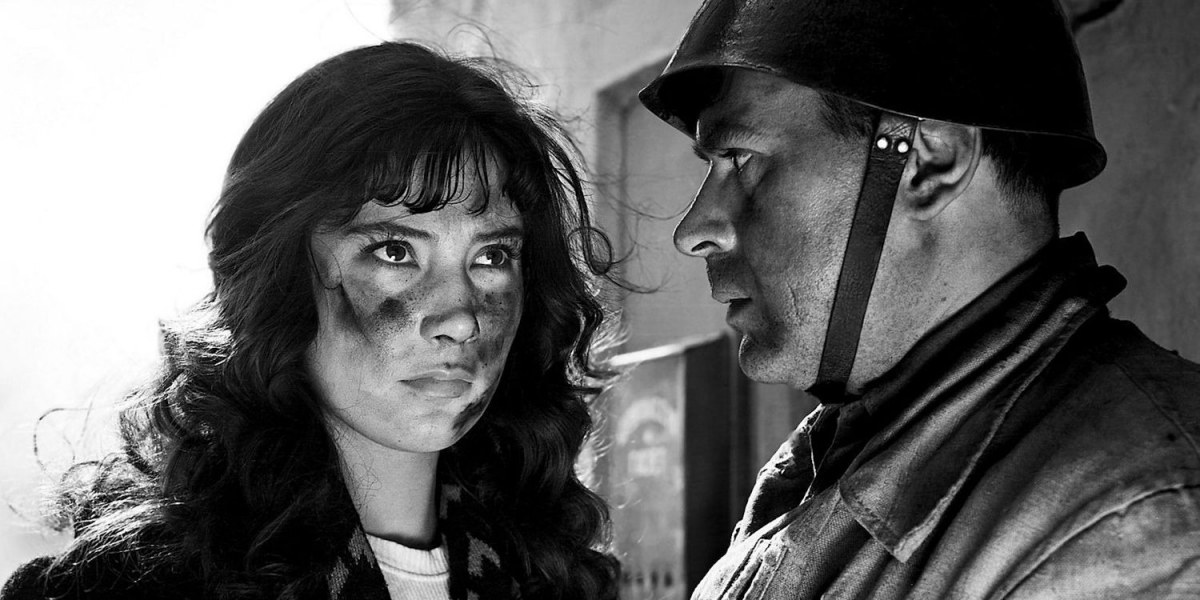
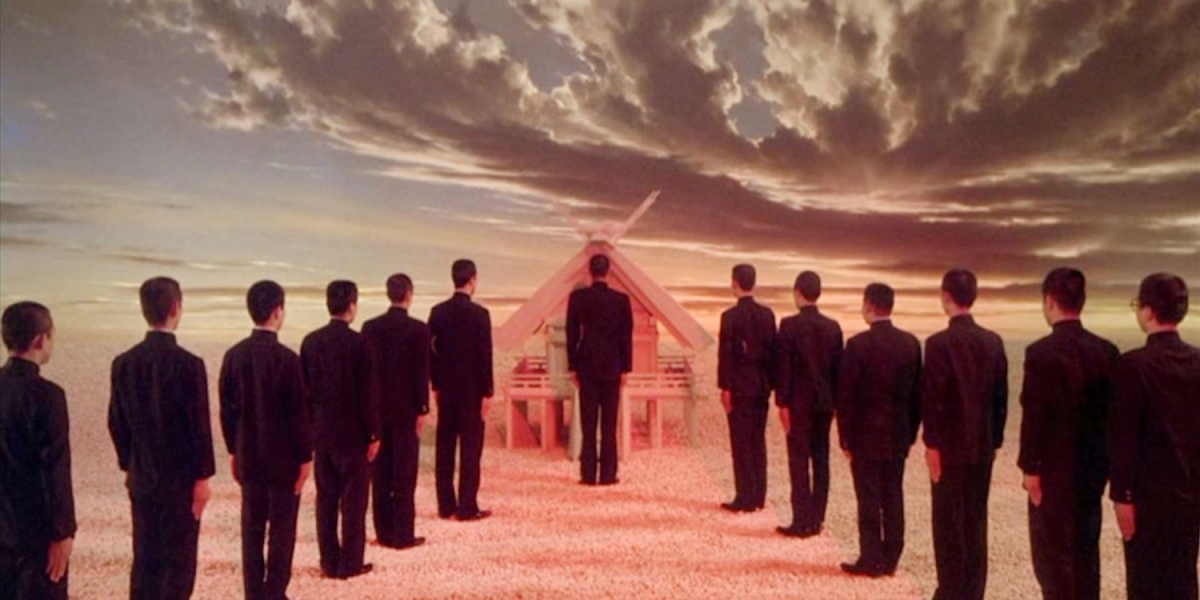
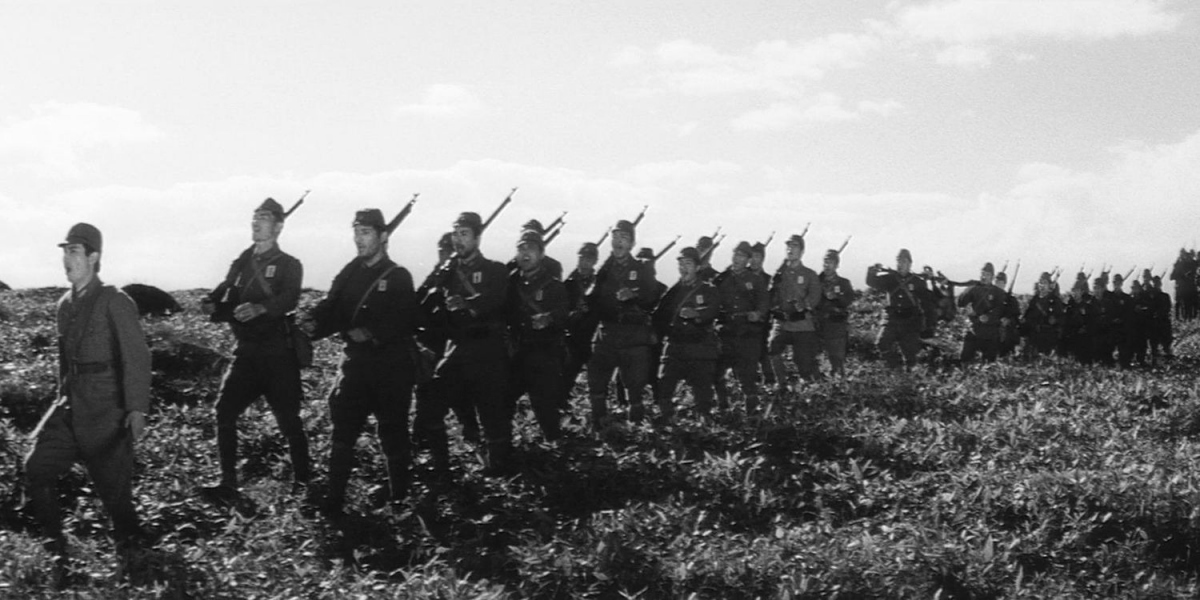
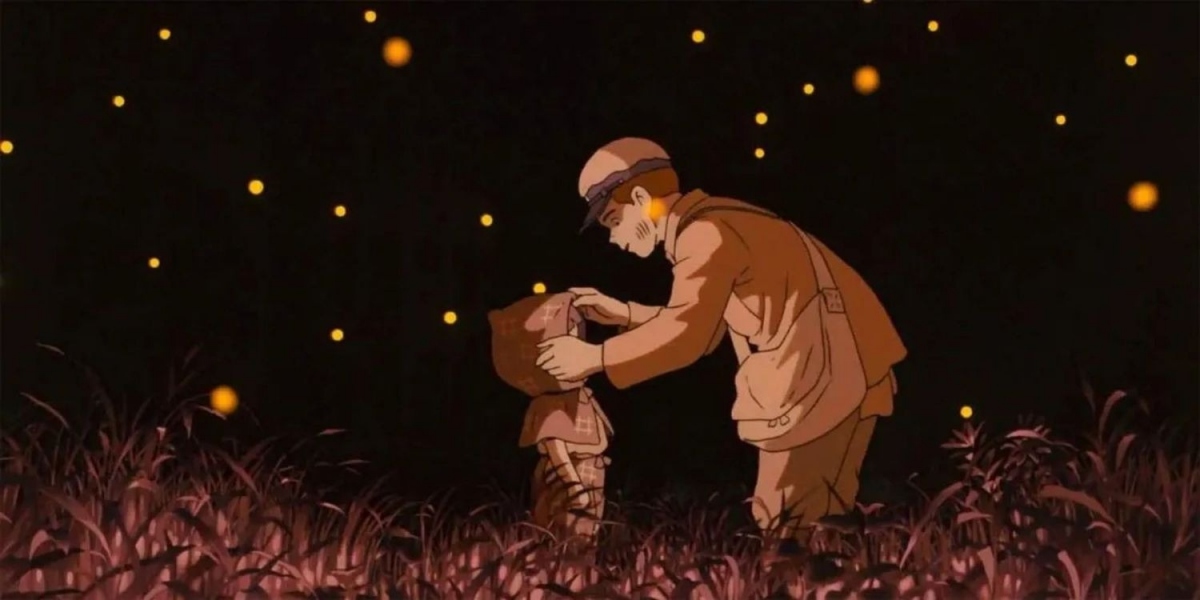
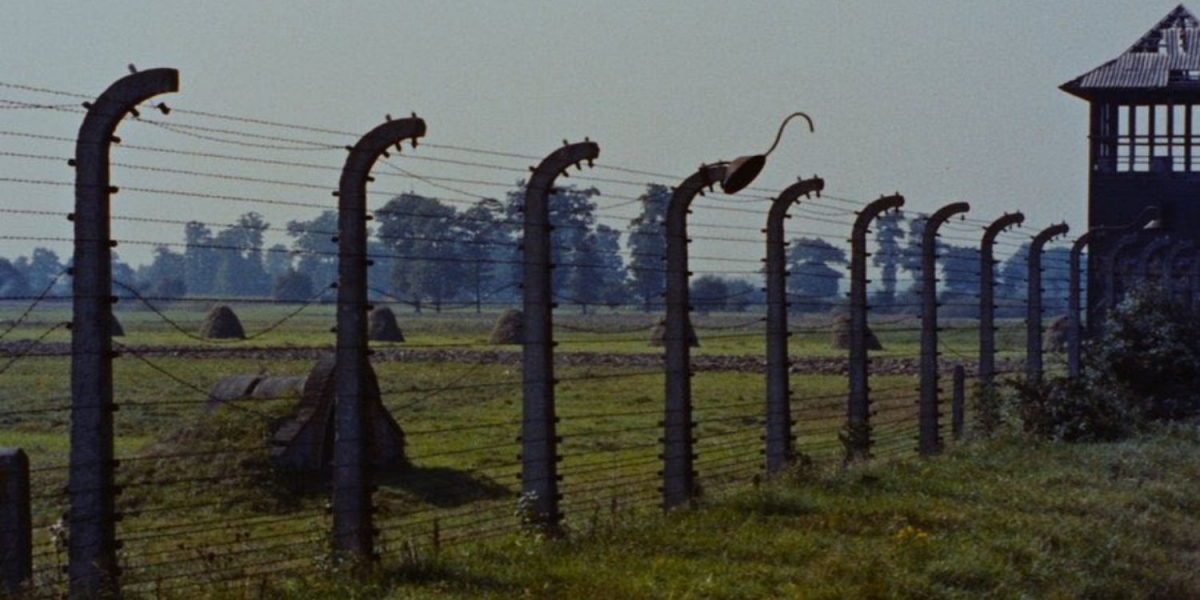
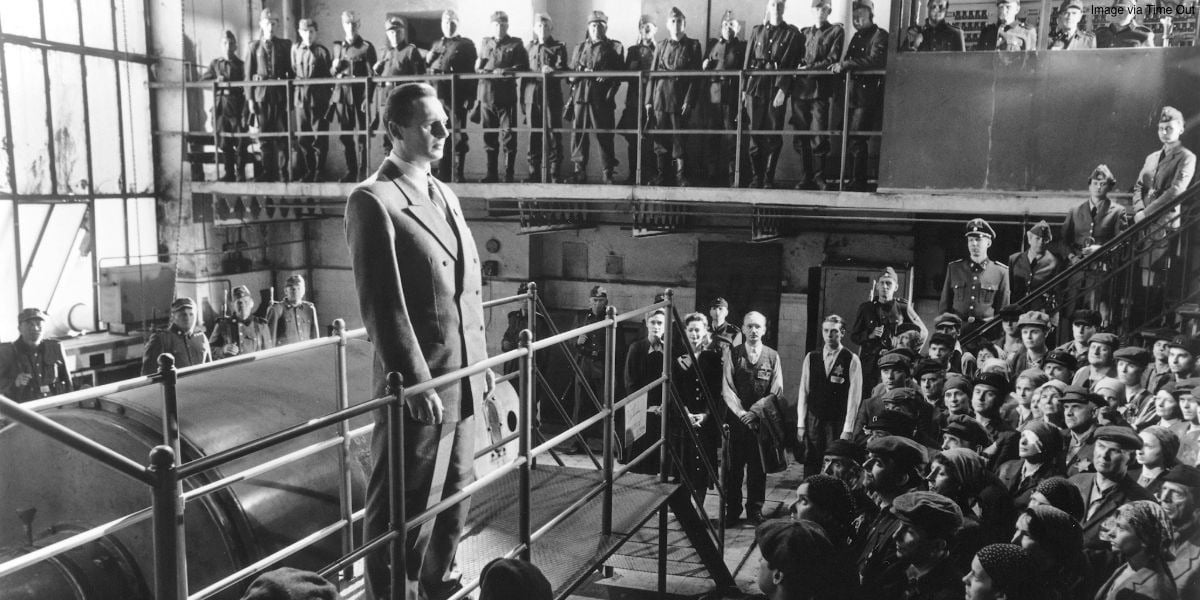
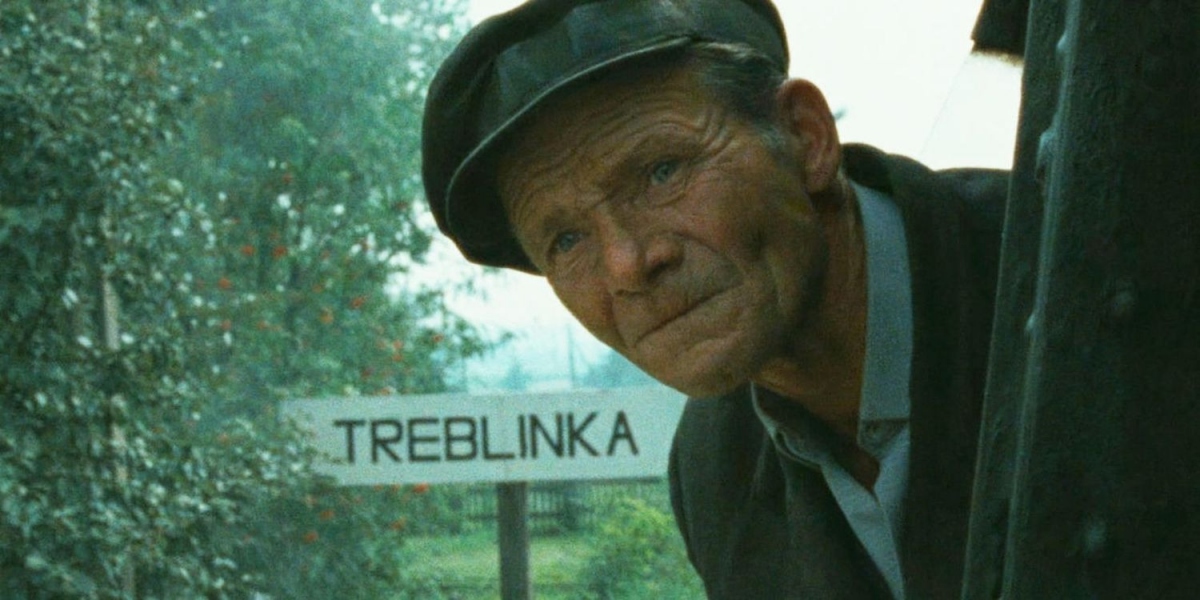
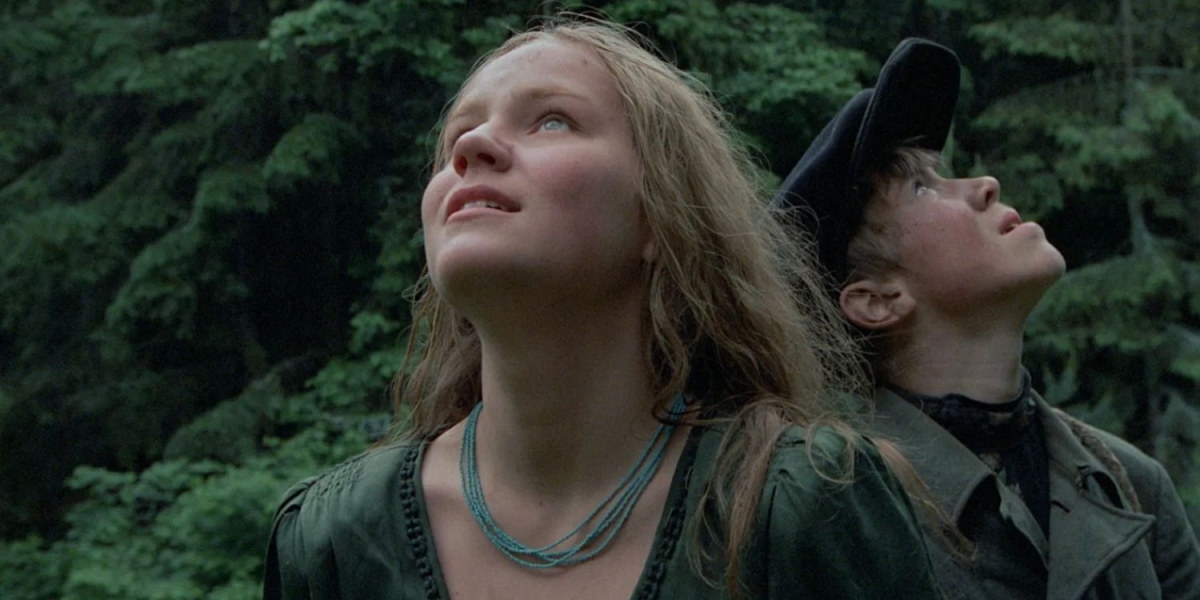





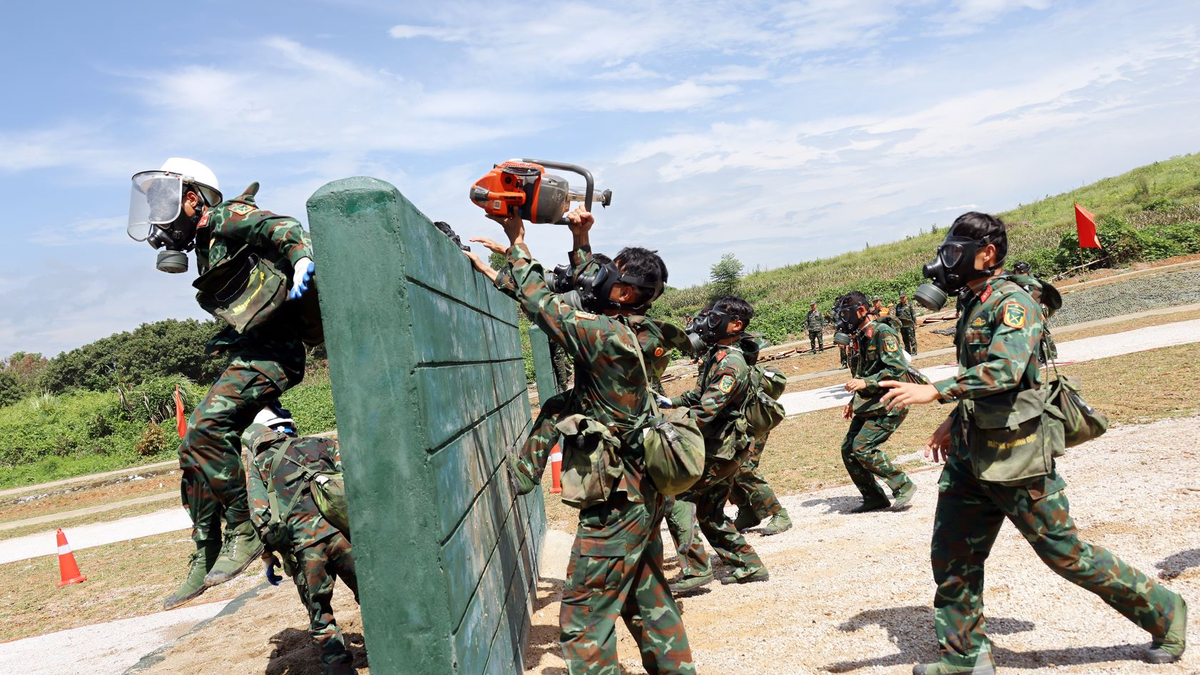
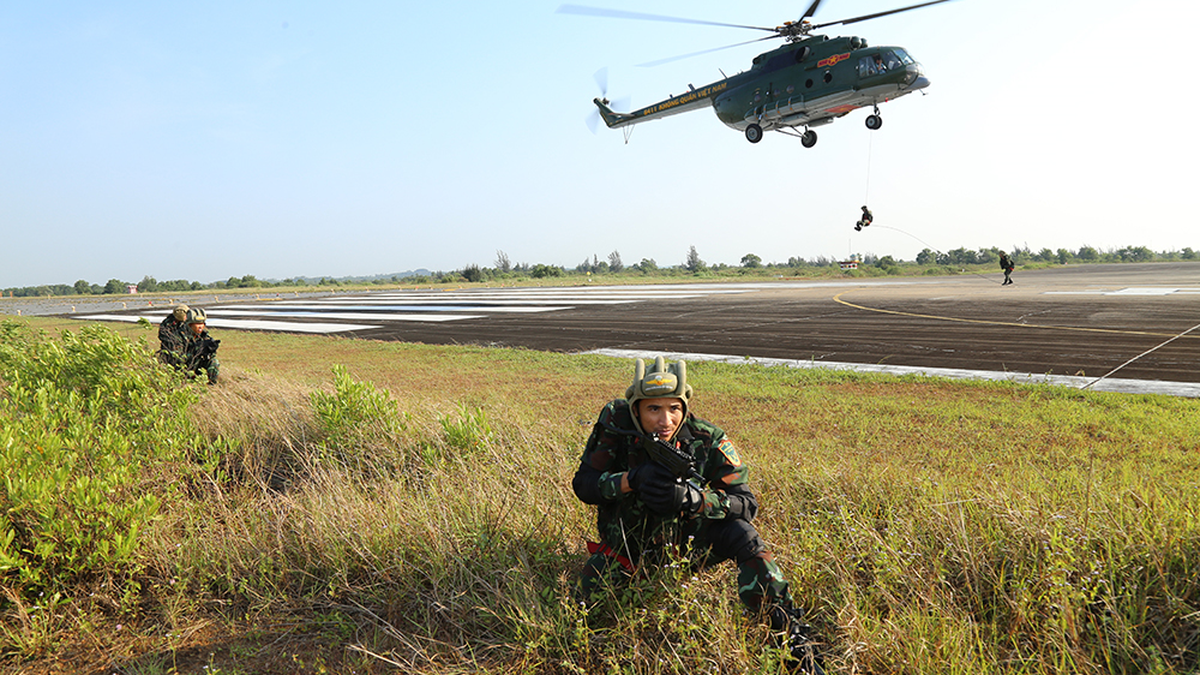
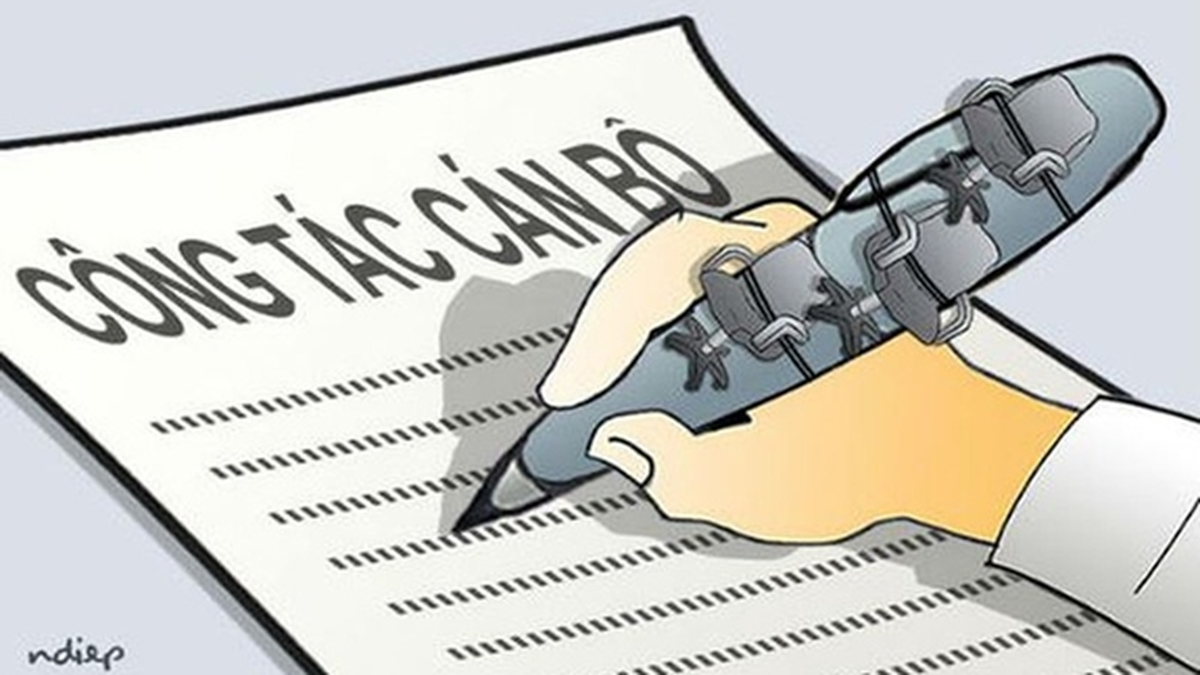

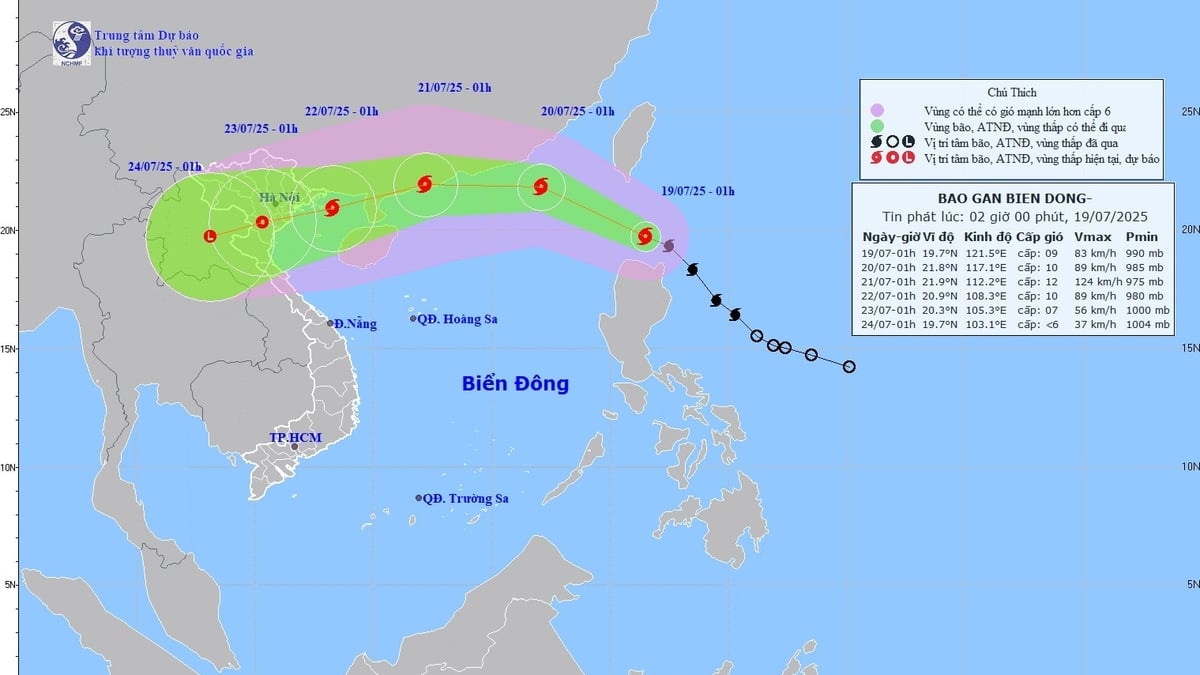




















































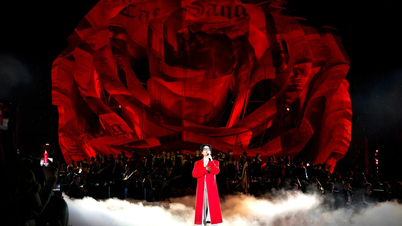

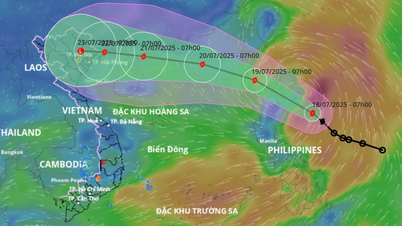
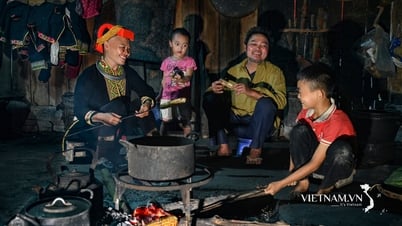


























![[Infographic] In 2025, 47 products will achieve national OCOP](https://vphoto.vietnam.vn/thumb/402x226/vietnam/resource/IMAGE/2025/7/16/5d672398b0744db3ab920e05db8e5b7d)





Comment (0)